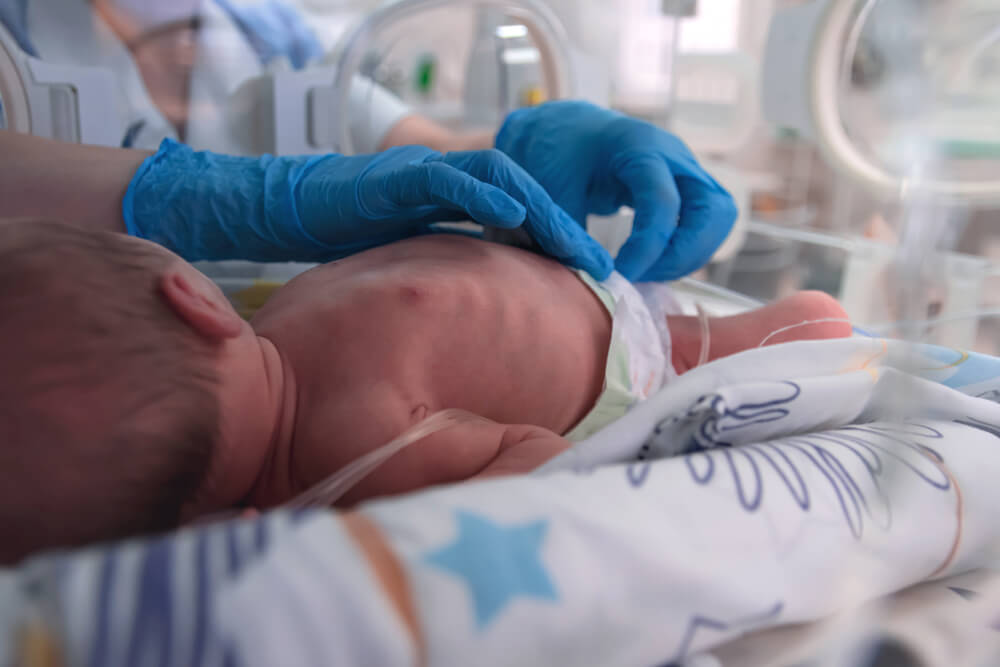It wasn’t long ago that a newborn’s care was limited to the confines of the house. As a result, childbirth was frequently a risky experience, with preterm or unwell newborns sometimes dying without medical attention.
Hospitals began grouping neonates into dedicated sections called neonatal critical care units after the Industrial Revolution. The first incubators were created from there. Drs created it and Allan M. Thomas and William C. Deming became a public curiosity before being used in neonatal care regularly. Edith Eleanor McLean was the first incubator baby in the United States to be implanted with this device on September 7, 1888.
Incubators provide oxygen, protection from the cold and infections, simulating ideal conditions for neonates, particularly premature deliveries.
Edith Eleanor McLean was the first baby in the United States to be placed in an incubator. Premature birth was one of the primary causes of infant death in the early 1800s. This was until Martin Couney, a physician, devised the incubator. His gadget, however, was rather pricey, and hospitals were hesitant to invest in the new technology. Furthermore, most doctors didn’t spend much time aiding preemies because they were considered “weak infants” by the industry. Couney joined the Berlin Exposition in 1896 to gain sponsorship and set up a preemie exhibit/booth. He eventually relocated to the United States, where he worked as a pediatrician in Coney Island, New York City.
An “exhibit” of 14 metal-framed glass incubators, attended by nurses caring for high-risk newborns from orphanages and low-income families, was one of the most popular attractions at the 1904 World’s Fair (whose care was funded by exhibit admission fees).

